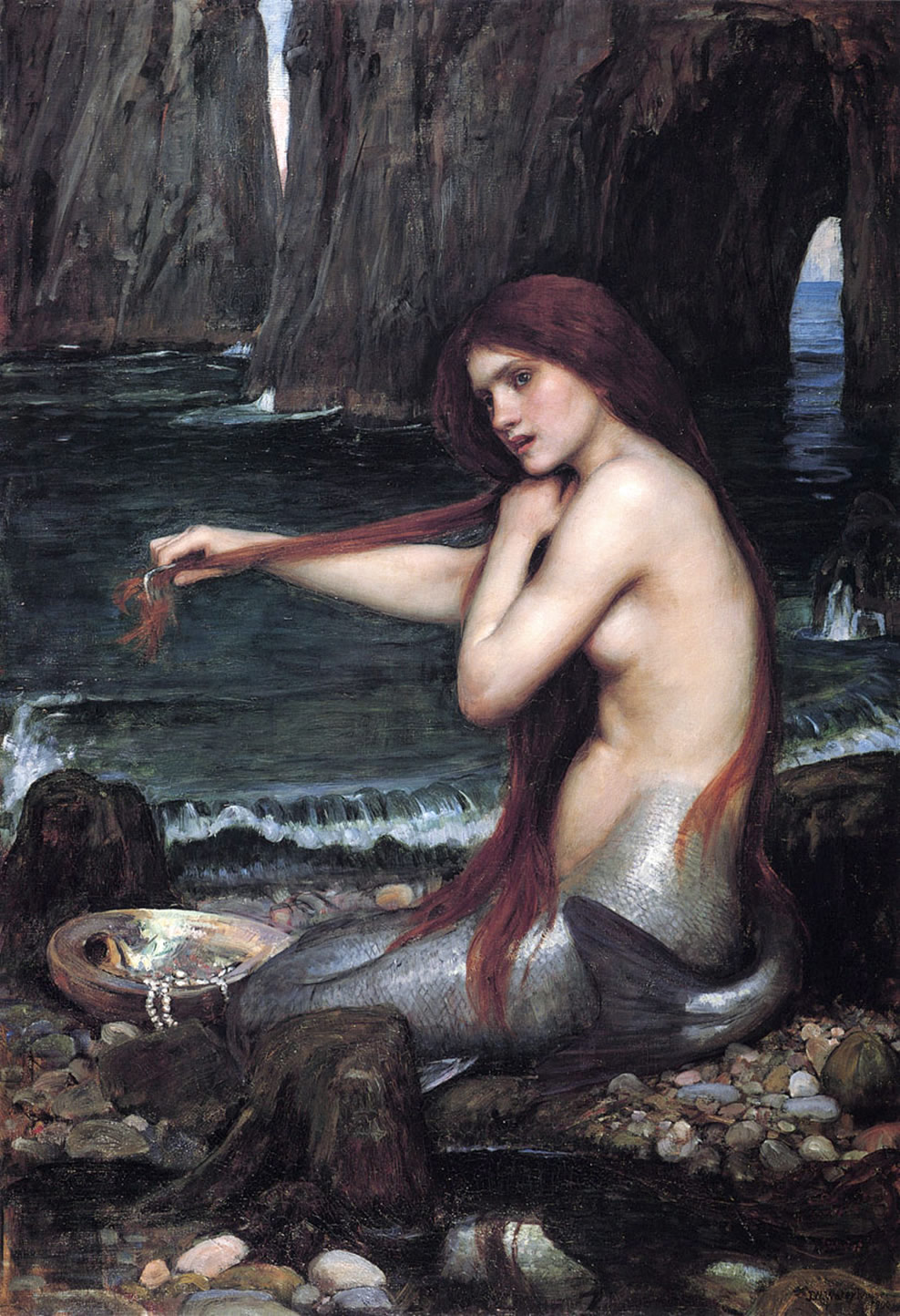On May 24, 1976, a British wine merchant called Steven Spurrier organised a wine competition to determine the top wine from different areas of France and California. The panel of French judges were all wine connoisseurs who would blind taste the wines to give an objective rating. The event, which would later be called the Judgement of Paris, was a turning point in wine history and also shows a fascinating point regarding the arts.
It was predicted by every judge (including Spurrier himself) that the French wine would trump the Californian wine in every field. For how could Californian wine – with only a history of a century or so – beat top-quality, traditional wine from France, famous for its wine since 6th century BC? Even after the tastings, the judges were confident that the wine that they gave the top rating was indubitably French. Unfortunately, they were wrong.
Californian wine were rated best for both red and white wine, critically damaging the reputation of French wine and the validity of wine tasting (even after several complaints, adjustments and re-testing, Californian wine still came out top).
People believed that French wine would be better quality because of the stereotype that French wine is the best. The experiment showed that there is no real basis for such a stereotype. Therefore, the real reason people pay more for wine from French vineyards is not because it tastes better, but because they want to appear classy and well-cultured. It is possible this also applies to the price of the wine – where people buy more expensive wine believing that it must be better than the wine that is $5 cheaper.
Another experiment highlights how the taste of wine can be affected by classiness. It has been scientifically shown that people buy more expensive wine in supermarkets if there is classical music playing compared to any other genre. The classical music gives an air of high class, leading the person to make their wine choice accordingly.
The same phenomenon is found with art. There have been numerous cases where art critics acclaimed a piece of abstract art, believing the artist to be the next Jackson Pollock, until they found out it was drawn by a 2-year old child or an elephant.
In short, high class is a completely subjective term with absolutely no practical value – other than giving the person a false, pompous feeling of superiority. What matters in art is not whether it is “good” or not, but whether you enjoy it or not.




